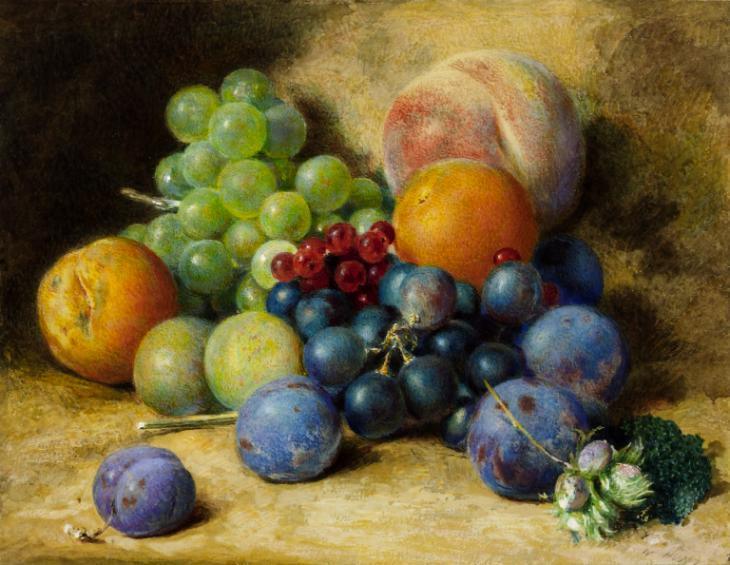Description
William Henry Hunt's Fruit painting is a 19th century masterpiece that has captivated art lovers for decades. This work is a perfect example of the artistic style of the Victorian era, which was characterized by precision and realism in the representation of nature.
The composition of the paint is simple but effective. In it, you can see a selection of fresh and ripe fruits arranged on a white porcelain plate. The arrangement of the fruits is harmonious and balanced, which creates a sense of order and tranquility in the work.
Color is another prominent aspect of this painting. Hunt used a palette of vibrant, saturated colors to depict the fruits, giving them a highly realistic and appetizing appearance. Furthermore, the contrast between the warm tones of the fruits and the dark background creates a sense of depth and dimension in the work.
The history of the painting is also interesting. William Henry Hunt was an English artist who specialized in still life painting. Fruit was one of his most famous works and was exhibited at the Royal Academy in London in 1866. The painting was critically well received and became one of Hunt's most popular works.
Lastly, there are some little-known aspects of this painting that are worth mentioning. For example, Hunt is said to have used real fruit as a model for his work, making it look even more realistic. In addition, it is believed that the white porcelain that appears in the painting was an object of his property and that he used it in several of his works.

